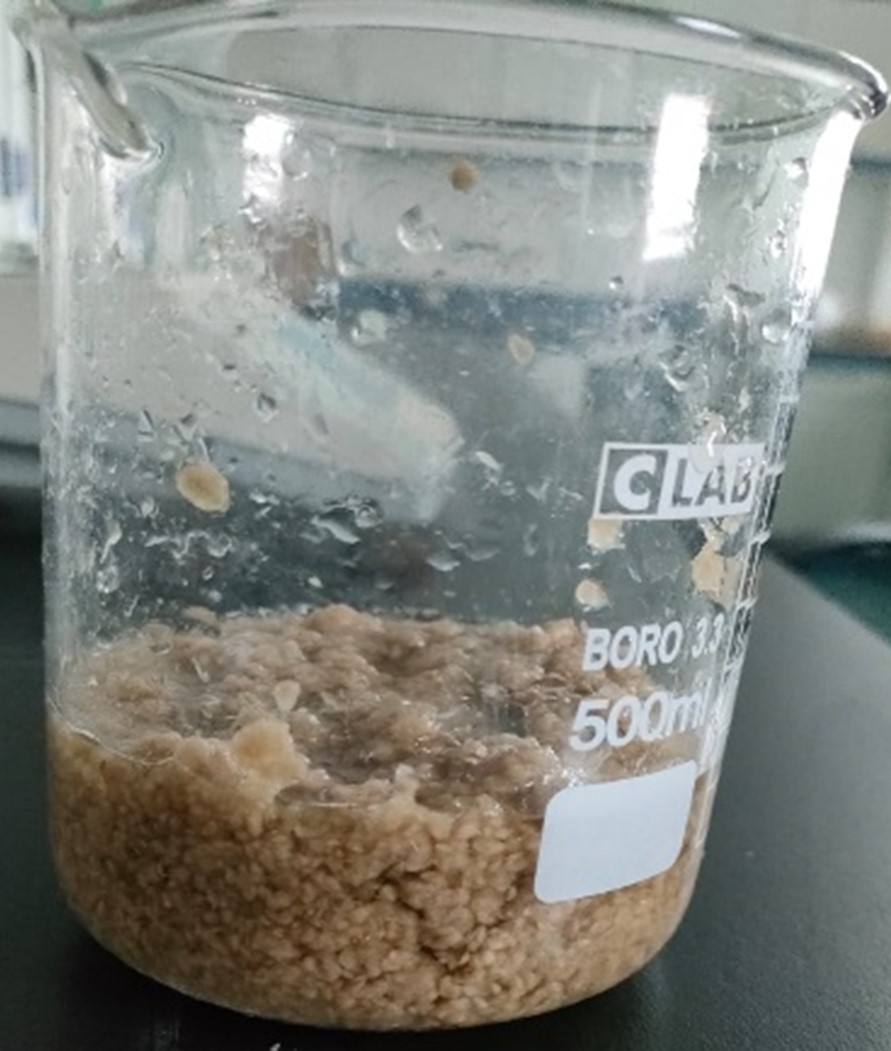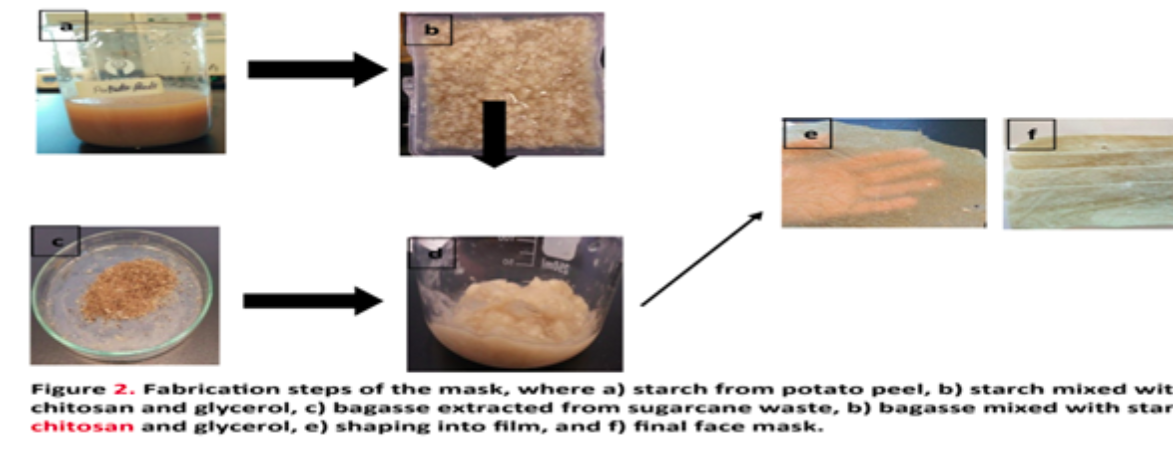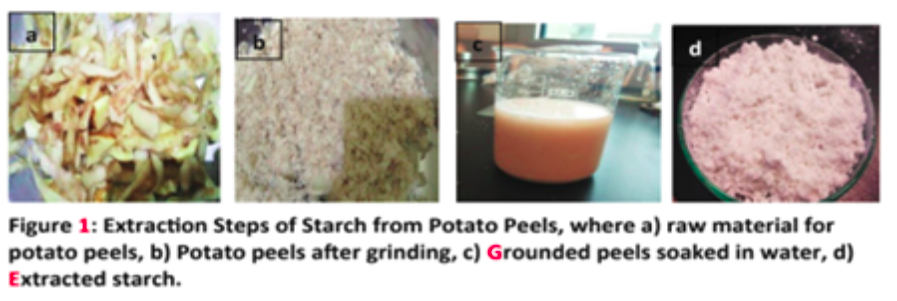
Application of Bioplastic Composites in Wastewater Treatment
Objective/Contributions:
Due to rapid urbanization, a huge amount of industrial waste has been discharged into the Aqua systems without any conventional treatment causing serious contamination problems affecting not only the environment but also human health. Industrial discharges include pharmaceutical waste, heavy metals, dyes, and toxic pollutants waste that are not efficiently removed by traditional wastewater treatment techniques.
The textile industry is one of the main producers of waste dyeing effluents, which are generally harmful even at low concentrations. As a result, a lot of effort was put into researching different ways for waste treatment before it was discharged into the environment in order to meet the legal limitations.
Over the years, wastewater treatment methods have been extensively researched for the removal of countless toxic pollutants from water, the most common wastewater treatments use physical, biological, and chemical methods. The treatment phases are coagulation and, sedimentation, which are initial screening stages that depend on the size of the pollutants to filter and separate them.
The adsorption stage removes suspended solids by adsorbing them with different materials, and finally, the filtration stage takes place to improve the water quality.
Usually, photocatalysis, ion exchange, synthetic membrane separation, activated carbon adsorption, and advanced oxidation processes are highly efficient methods for treating wastewater. Despite the severe advantages of these techniques, low removal efficiencies, complicated procedures, high cost of operation, and toxic by-product formation are considered the limitation of their application. Therefore, effective, low-cost, and sustainable treatment methods are promising alternatives to current methods.
The adsorption stage has been established as the most effective method for dye pollutants from wastewater. However, the selection of an appropriate adsorbent is a remarkable challenge whereas the model adsorbent should have various features involving large surface area, high adsorption capacity, cost-effectiveness, eco-friendly, recyclable, and high selectivity for dye pollutants.
Outcome:
- Fabrication of sugarcane powder
- Writing one STDF proposal
- One publication "fabrication and characterization of face masks made of bagasse and starch obtained from agricultural waste" is reviewed
- Wastewater treatment by sugarcane powder, bagasse and activated commercial activated carbon
- Wastewater treatment by 3 different types of coagulants
- Obtaining activated carbon from bagasse pulp and sugarcane powder
- Obtaining a detailed design for the prototype for wastewater treatment


